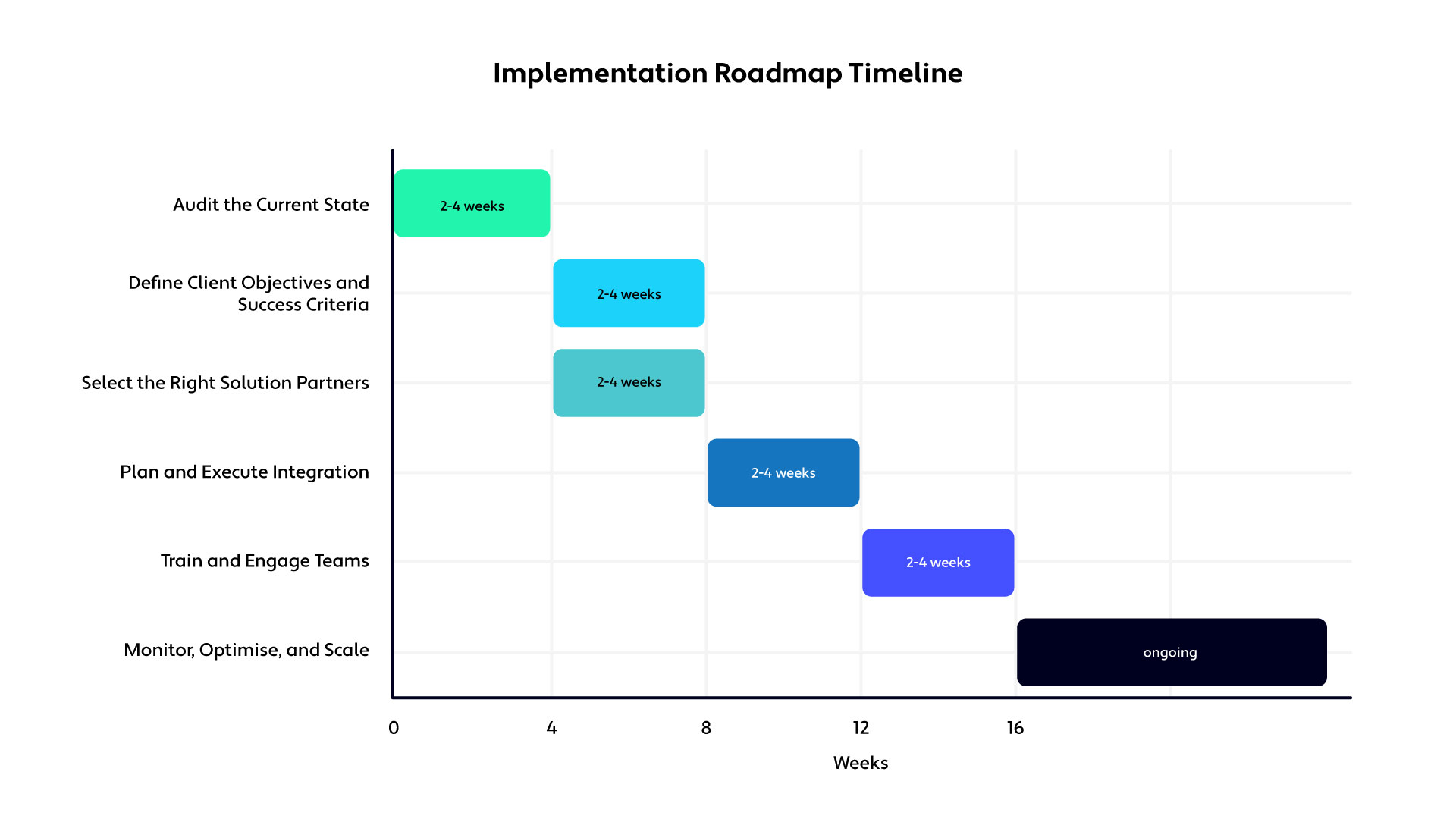These enhancements transform Teams from a basic communication tool into a powerful hub for customer engagement, compliance, and performance management.
Pillar 1
CRM Integration
Why it matters: Native Teams reporting doesn’t connect calls to customer records, sales opportunities, or support cases. By integrating your customers’ CRM, every interaction is automatically logged, categorised, and enriched with business context.
Customer benefits:
- Automatic activity tracking: No more manual note-taking or missed call outcomes. Calls, notes, and follow-ups are synced directly to customer profiles.
- Screen pops and contextual data: Agents and sales reps get instant access to customer history, open tickets, and account details as soon as a call comes in.
- Closed-loop reporting: Track the entire customer journey—from first call to closed deal or resolved issue.
Provider benefits:
- Recurring revenue & upsell: By offering CRM integration as part of your managed service, you create new upsell and cross-sell opportunities—like analytics, cybersecurity, or infrastructure add-ons—making your business a one-stop shop for clients’ evolving needs.
- Customer stickiness: Embedding CRM tools into your Teams offering increases client reliance on your services, boosting retention and long-term loyalty.
- Process automation & efficiency: Automating sales and service workflows for your clients not only streamlines their operations but also reduces your support burden, enabling you to serve more customers efficiently.
Example: A financial advisory firm uses CRM integration to reconstruct multi-touch client journeys, ensuring every compliance disclosure and follow-up is documented for audit purposes.
Pillar 2
Compliance & Reporting
Why it matters: Teams’ built-in analytics are limited to basic usage stats and delayed call logs. Informal contact centre analytics provide the real-time, customisable insights required to manage performance and customer experience.
Customer benefits:
- Custom dashboards: Build reports around actual KPIs—whether that’s first call resolution, average handle time, or customer sentiment.
- Real-time visibility: Spot SLA breaches, queue build-ups, or missed calls as they happen, not days later.
- Industry-specific metrics:
- Technical support: Monitor SLA adherence, escalation rates, and resolution times.
- Manufacturing/supply chain: Analyse vendor call patterns and field service response times.
- Customer success: Surface expansion signals and churn risks from call trends.
Provider benefits:
- High-value consultancy: Providing actionable analytics transforms your role from IT support to strategic partner, enabling you to deliver business insights that drive smarter decisions for your clients.
- Differentiation in a crowded market: Advanced analytics and custom dashboards help you stand out from other MSPs by demonstrating unique value and operational excellence.
- Ongoing engagement: Regular analytics reviews and KPI optimisation create opportunities for ongoing consultancy, support contracts, and value-added service packages.
Example: A support centre leverages real-time dashboards to monitor queue lengths and agent availability, ensuring SLAs are met and customer wait times are minimised.
Pillar 3
Operational Visibility
Why it matters: Regulated industries and customer-centric organisations need more than Teams’ basic recording and retention. Intelligent call recording enables compliance, quality assurance, and actionable feedback.
Customer benefits:
- Compliance-grade retention: Set automated policies for different call types, meeting industry standards (e.g., six years for healthcare).
- AI-powered analysis: Surface trends, sentiment, and keywords across thousands of calls—no manual review required.
- Audit-ready trails: Every interaction is securely stored, indexed, and searchable for dispute resolution or regulatory audits.
Provider benefits:
- Compliance-as-a-service: Automated, AI-powered call recording allows you to offer compliance and audit-readiness as a managed service, reducing clients’ regulatory risk and administrative overhead.
- Operational efficiency: Intelligent call recording and sentiment analysis help you proactively identify and resolve client issues, improving SLAs and client satisfaction while reducing escalations.
- Strategic insights: The data generated from call recordings can be used to inform broader business decisions, giving you further opportunities to consult on product, marketing, or customer service strategies.
Example: A healthcare provider uses intelligent call recording to ensure every patient call is stored for the required retention period, with automated alerts for potential compliance risks.


 Comprehensive
Comprehensive Limited
Limited





